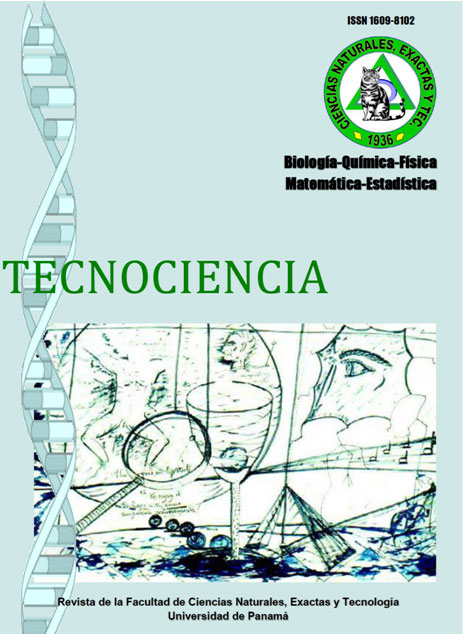

In this paper, the distribution of species of mollusks collected in Veracruz, district of Arraiján, Panama. The samples are deposited at the National Reference Collection of Mollusks of the Museum of Malacology at the University of Panama (MUMAUP). This location is characterized as a muddy, sandy and rocky, with little vegetation. A map of occurrence for the species, at two sites: Veracruz beach and Deer Island, was produced. Five types of biotypes according to their location (sand, mud, sand, stone, rock and mangrove) could be distinguished. 1836 individuals, 55 species, 29 genera, 22 families, nine warrants, four and two sub-classes were recorded throughout the area. 1406 individuals, 40 species, 15 genera, 12 families, four orders and two subclasses were Gastropods, while 430 individuals, 15 species, 14 genera, 10 families, five orders and two subclasses were Pelecípodos. Veracruz provided more records with 1101 individuals, 23 genera, 19 families, eight orders and three subclasses, but Venado Island had been more with 42. The sand with 23 species and the mud-sand with 21, were the more occupied substrates, the latter being preferred by species used for food and economic resources: Strombus galeatus, melongena patula, Mytella guyanensis, Solen rudis, Tagelus affinis, Iphigenia altior, Protothaca asperrima and Dosinia dunkeri. In addition, there were 10 carnivorous species, four employed for sales, four detritivores, three herbivores; three are employed as plates, spoons and containers, two are used as ornaments and handicrafts, and two of them are of greatest medical importance. Finally, this work allowed the identification of substrates and spot sites in which efforts should be promoted for conservation purposes.